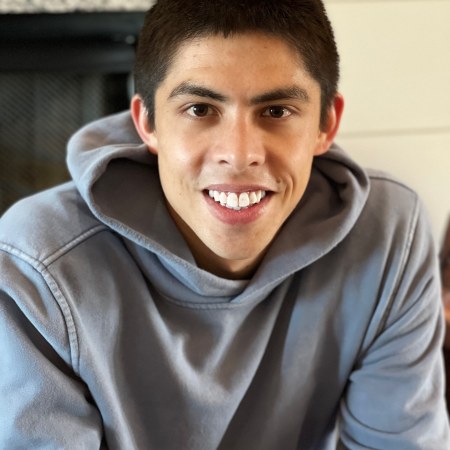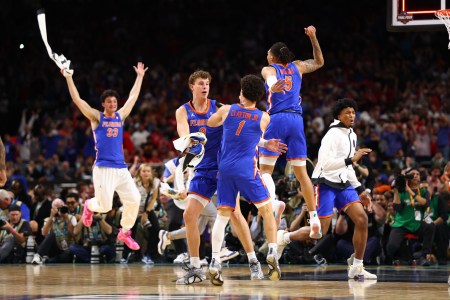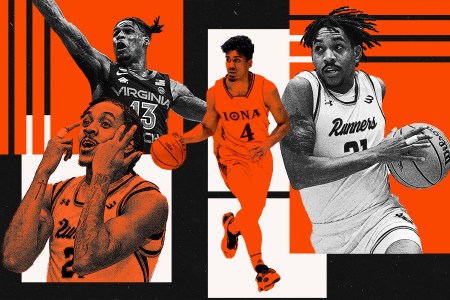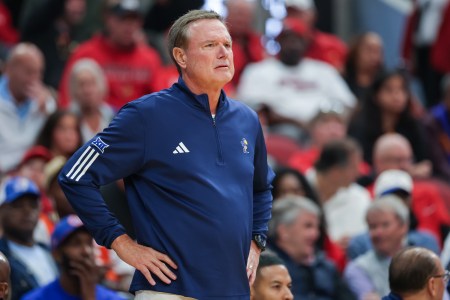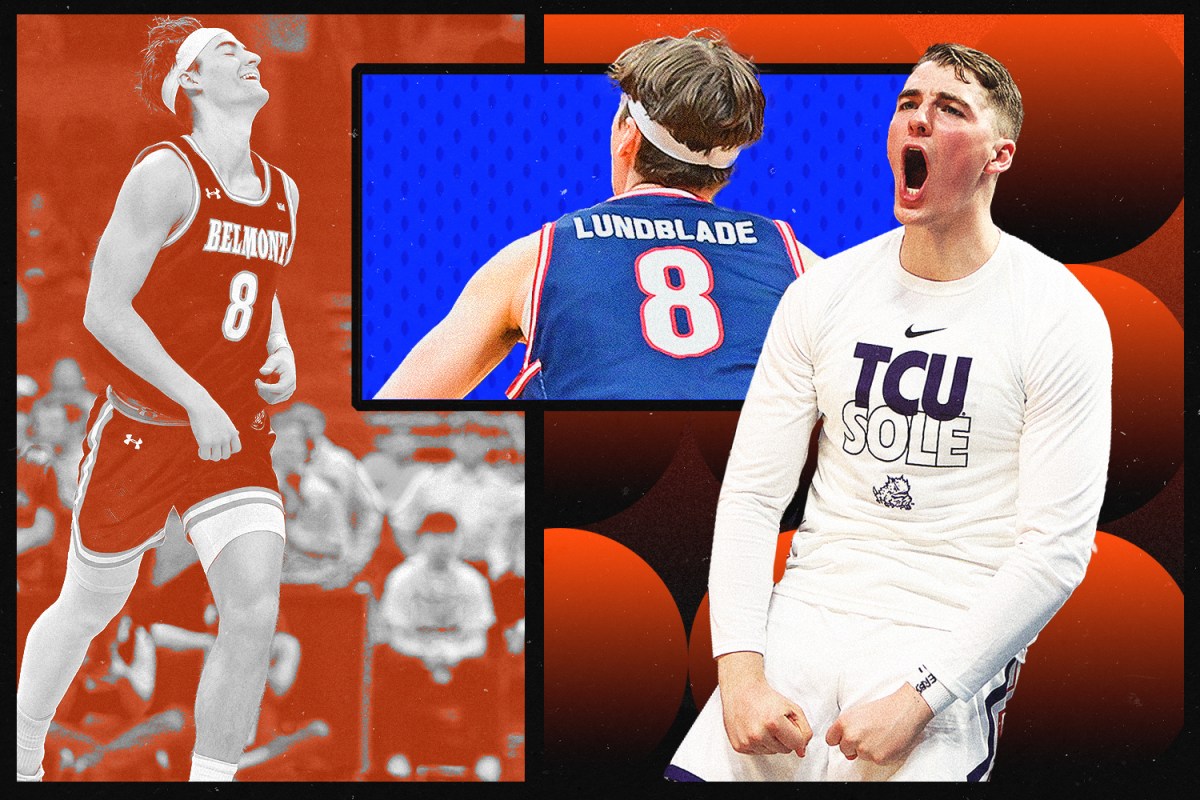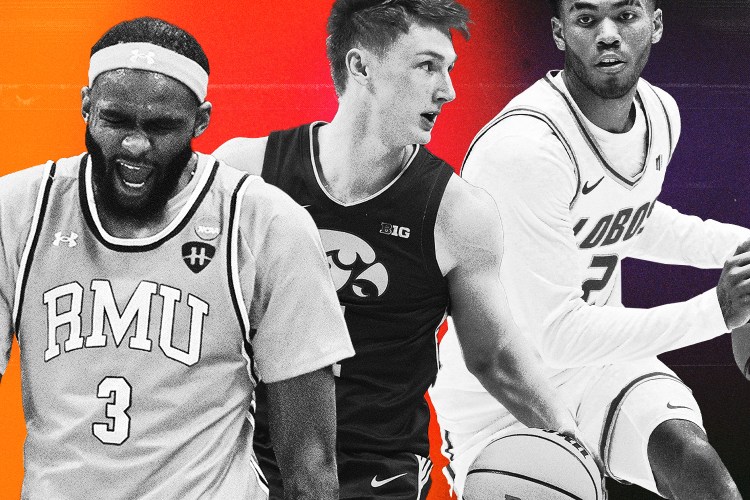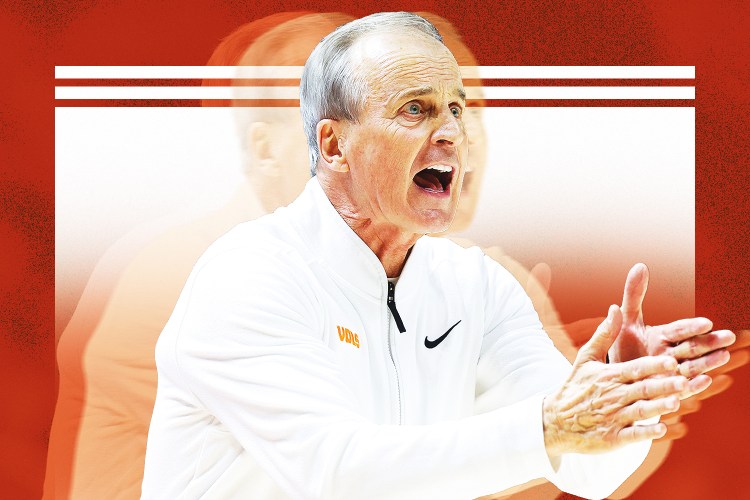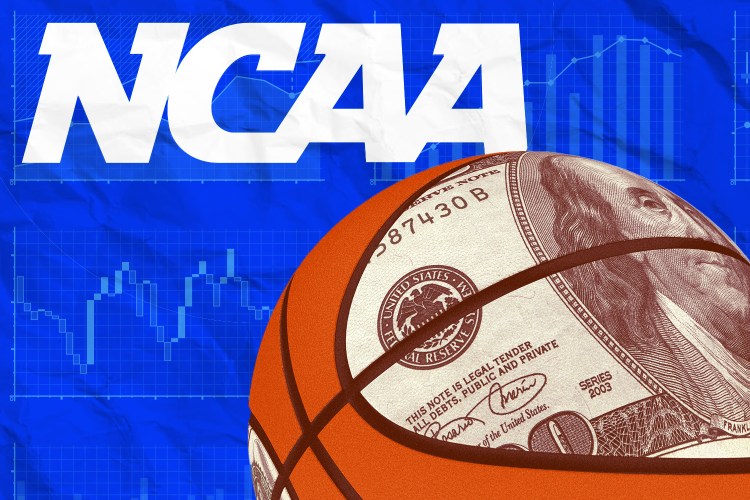With nearly 2,700 players entering the transfer portal prior to the April 22 deadline, there has been quite a bit of roster reshuffling in the college basketball world.
Florida has put its repeat hopes in the hands of incoming guards Xaivian Lee (Princeton) and Boogie Fland (Arkansas), who have massive shoes to fill. Kansas State and NC State have made splashy moves in an effort to get back to the Big Dance after down years. And prominent programs such as St. John’s, Kentucky, USC and Iowa have been very busy.
It’s now early June and the chaos has quieted down, as most of the biggest names in the portal have found new homes. Teams once-decimated are close to being fully rebuilt. Tracking all of the player movement in today’s landscape can feel impossible, especially given how fast it occurs. So, with a moment to catch our breath, let’s review the major storylines that have emerged from two months of complete mayhem. Below are 10 burning questions that portal season has left us pondering:
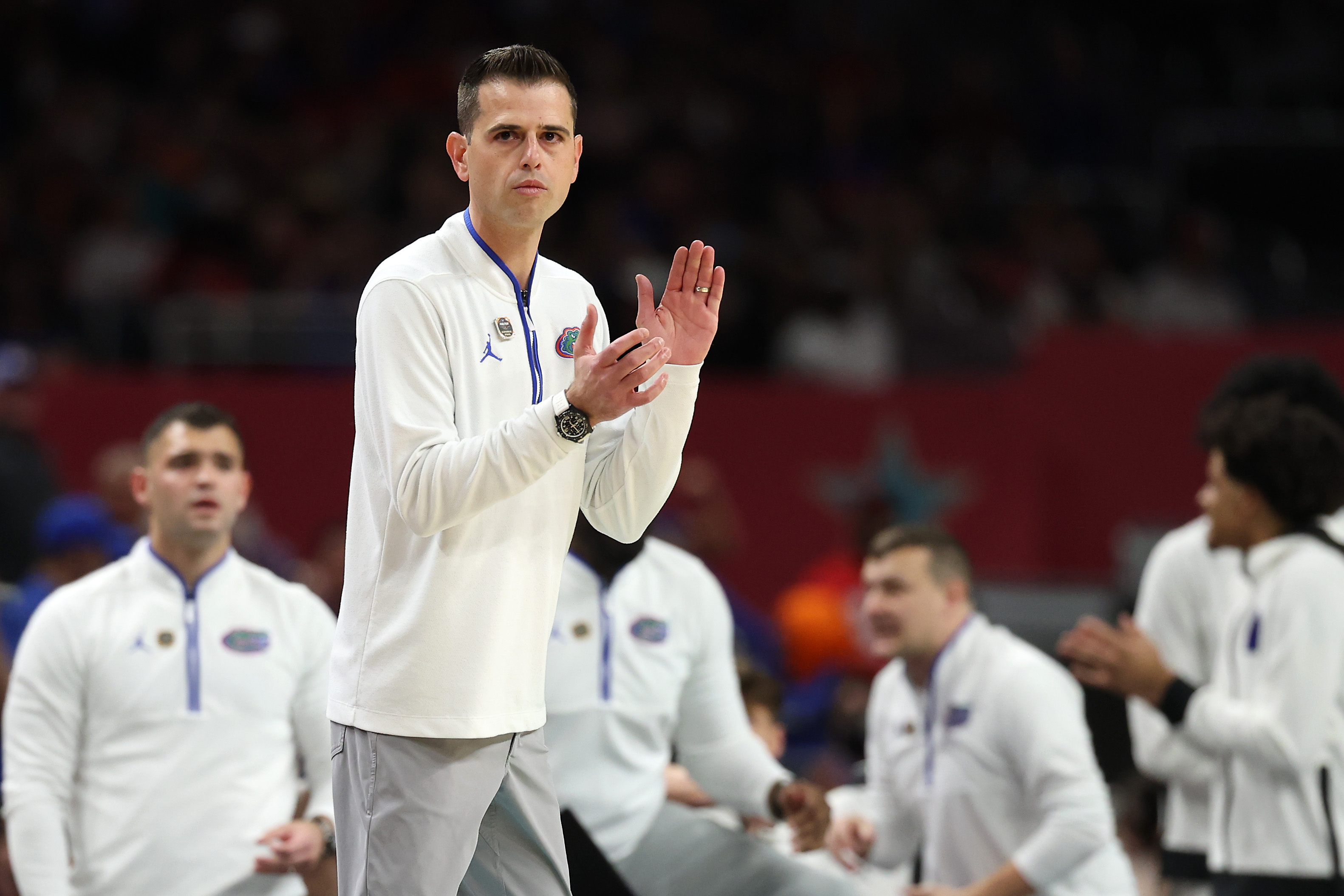
Can Florida’s new additions replace its championship backcourt?
The reigning national champs lost three starting guards from last year: All-American Walter Clayton Jr., Alijah Martin and Will Richard. But despite getting a late start to the offseason, Todd Golden and his staff landed two of the best backcourt options available in the portal: 6-foot-4 senior Xaivian Lee (Princeton) and 6-foot-2 sophomore Boogie Fland (Arkansas).
Florida Is Reloaded, Revamped and Ready To Repeat
Alex Condon’s decision to withdraw from the NBA Draft was the “cherry on top” of a very sweet spring for the Gators.
Both players were included in Hoops HQ’s ranking of the top 50 transfers. Lee made the All-Ivy League First Team with averages of 16.9 points, 6.1 rebounds and 5.5 assists, while Fland put up 15.1 points, 5.7 assists and 3.4 rebounds before suffering a right hand injury in mid-January. The duo is a perfect fit for Golden’s analytics-driven system, which depends on having guards who can shoot from the perimeter and get to the paint. Florida is returning its entire front line, so the program certainly has the talent to cut down the nets again. Whether or not that happens will hinge largely on how well Lee and Fland perform.
2. Will Michigan’s new frontcourt live up to the hype?
While center Vladislav Goldin exhausted his eligibility and forward Danny Wolf decided to turn pro, Michigan will once again have a stellar frontcourt. Coach Dusty May signed two highly coveted big men from the portal in 6-foot-9 senior forward Yaxel Lendeborg (UAB) and 7-foot-3 junior center Aday Mara (UCLA).
Lendeborg, Hoops HQ’s No. 1-ranked transfer, withdrew from the NBA Draft just before the deadline. The 22-year-old averaged 17.7 points, 11.4 rebounds, 4.2 assists, 1.8 blocks and 1.7 steals for the Blazers. Mara’s role fluctuated for the Bruins, in part due to health issues, but he showed a ton of promise when given a greater opportunity. With Lendeborg’s all-around game and Mara’s size and rim protection (he averaged 1.6 blocks in just 13 minutes per contest), Michigan should be a dominant interior team once again — possibly even more dominant than last year, when the program went 27-10 and won the Big Ten Tournament.

3. Can St. John’s signee Ian Jackson succeed at point guard?
Following a historic season, St. John’s signed the No. 2 transfer class in the country, according to Hoops HQ’s latest ranking. Among the program’s many additions is Ian Jackson, a 6-foot-4 sophomore guard who played his freshman campaign at North Carolina. The former McDonald’s All-American averaged 11.9 points, 2.7 rebounds while shooting 45.6 percent from the field and 39.5 percent from three.
With Kadary Richmond and Deivon Smith out of eligibility, Jackson is expected to step into the Red Storm’s starting lineup at point guard, which is not his traditional position. Jackson has always been more of a scorer than a facilitator, but he will have to excel at both for the Johnnies to realize their full potential. While the team also acquired 6-foot-1 junior point guard Dylan Darling from Idaho State, the reigning Big Sky Player of the Year, it’s clear that Rick Pitino has complete trust in Jackson to run the offense. “The ball is now in the hands of our next great point,” Pitino wrote on social media after Jackson’s commitment. “Let’s Go Ian!!!”
4. After another splashy — and expensive — offseason, can Kansas State turn things around?
Kansas State had a busy 2024 offseason, headlined by the signing of Illinois transfer Coleman Hawkins for a reported $2 million in NIL. With Hawkins and a few other big-name transfers in the mix, the Wildcats entered the 2024-25 season with high expectations. But the pieces failed to come together and the program stumbled to a 16-17 record.
It was back to the drawing board for coach Jerome Tang this offseason, as most of his players either graduated or transferred out. Once again, K-State has spent significant money to add several prominent transfers, including 6-foot-3 junior guard PJ Haggerty (Memphis) and 6-foot-7 junior guard Abdi Bashir Jr. (Monmouth), both of whom averaged more than 20 points per game. Haggerty, a consensus All-American, was among the portal’s biggest prizes. The Wildcats addressed their most glaring issue from last season: a lack of offensive firepower. Still, if their recent struggles have made anything clear, it’s that talent doesn’t necessarily equate to wins. The staff has put together another star-studded group — now the pressure is on to get back to the NCAA Tournament.
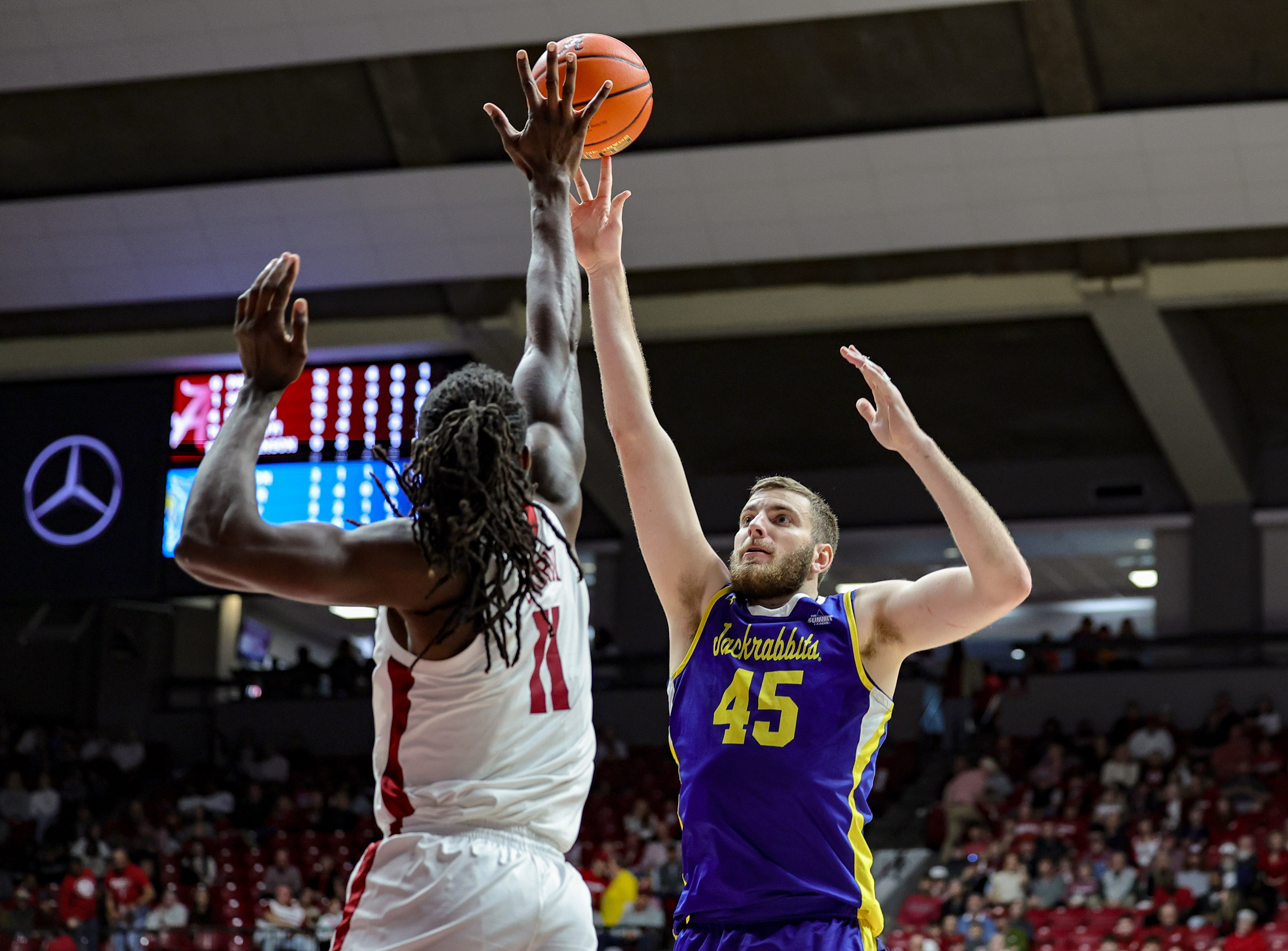
5. Is South Dakota State transfer Oscar Cluff Purdue’s next great big man?
JaJuan Johnson. Robbie Hummel. A.J. Hammons. Caleb Swanigan. Isaac Haas. Trevion Williams. Zach Edey. Purdue has a well-known history of recruiting and developing elite big men. But the 2024-25 Boilermakers were completely overmatched in the paint after losing 7-foot-4 freshman center Daniel Jacobsen to a fractured tibia in early November. With an absence of size, Purdue ranked 309th nationally in rebounds per game (32.9) and 362nd in blocks (1.6).
Enter Cluff, a 6-foot-11 senior center. A member of the All-Summit League First Team, Cluff landed at No. 10 in Hoops HQ’s ranking of the top transfers. He averaged 17.6 points (on 63.4 percent shooting), 12.3 rebounds and 2.8 assists per game in one season with the Jackrabbits. Playing for Matt Painter and alongside 6-foot-9 senior forward Trey Kaufman-Renn and 6-foot senior guard Braden Smith, Cluff is in the best possible position to thrive. If he performs as expected, Purdue has a real chance to win the program’s first national championship
Wanna Bet? Three More Futures Plays for the 2025-26 Season
November 8th: Hoops HQ’s gambling tandem is going back to the future, with futures bets that includes a smart low-major play
6. Can NC State’s impressive haul lead the Wolfpack back to the Big Dance?
At his introductory press conference in mid-March, new NC State coach Will Wade assured the media that his team was going to “be in the top part of the ACC” and make it to the NCAA Tournament next year following a dismal 12-19 season. “Make sure you got that on camera,” Wade added. “This is going to be done the right way and it’s going to be done quickly. We are here to win.”
He backed up that bold proclamation by recruiting one of the nation’s top transfer classes. NC State has added eight players via the portal, three of whom are from schools that advanced to the Elite Eight or beyond: 6-foot-6 senior forward Darrion Williams (Texas Tech), 6-foot-2 senior guard Tre Holloman (Michigan State) and 6-foot-6 junior guard Terrance Arceneaux (Houston). Williams, who tested the NBA Draft waters before committing to the Wolfpack, made the All-Big 12 First Team last year. Most recently, NC State signed 6-foot-8 senior forward Ven-Allen Lubin, who started 20 of 37 games for North Carolina and averaged 8.7 points and 5.5 rebounds.
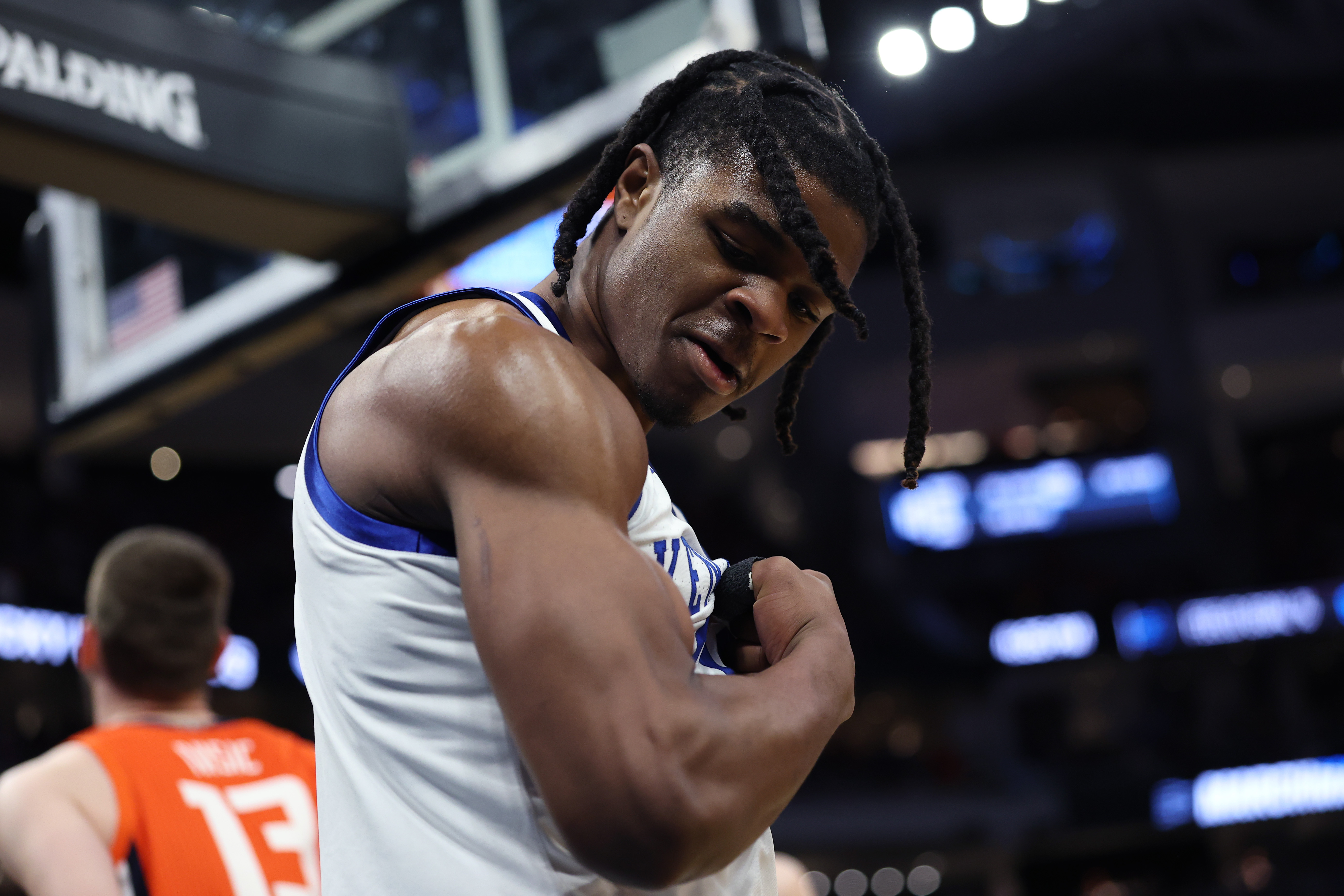
7. With its exceptional transfer class, should Kentucky be the favorite to win the SEC?
Working with a substantial NIL budget, Kentucky has flourished in the portal for a second consecutive year. Of the Wildcats’ six transfers, four are likely to be in the starting lineup alongside returning wing Otega Oweh: 6-foot-3 senior guard and All-ACC Third Team selection Jaland Lowe (Pitt), 6-foot-5 senior guard Denzel Aberdeen (Florida), 6-foot-9 sophomore forward Jayden Quaintance (Arizona State) and 6-foot-7 junior forward Mouhamed Dioubate (Alabama). Kentucky also added a sharpshooter in 6-foot-8 sophomore wing Kam Williams (Tulane), who should fit seamlessly in Mark Pope’s system. Overall, the program’s transfer class has a tremendous balance of skill, size, versatility, athleticism and experience. Florida is widely considered the preseason favorite to win the SEC, but Kentucky deserves to be in the conversation and Pope has constructed a roster with Final Four potential.
SEC ROSTER RESHUFFLE: THE CURRENT STATE OF EVERY TEAM’S LINEUP, PART 1
PART 1 OF 2: After a record-breaking 2024-25 season, are the SEC coaches ready for an encore? Breaking down one-half of the conference’s rosters.
8. Will the new pieces fit for USC?
USC was left with just one scholarship player following a disappointing 2024-25 campaign, so coach Eric Musselman got to work in the portal right away. He has done an excellent job on the recruiting trail, securing commitments from eight players. Most notably, the program splurged on a pair of veteran wings in 6-foot-7 senior guard Chad Baker-Mazara (Auburn) and 6-foot-4 junior guard Rodney Rice (Maryland). The Trojans also added two promising forwards in 6-foot-10 sophomore Jacob Cofie and 6-foot-8 senior Ezra Ausar, two premier shot blockers6-foot-7 senior wing Amarion Dickerson and 7-foot-3 center Gabe Dynes) and Jordan Marsh, a 5-10 junior guard with scoring punch.
Teams with zero roster continuity rarely excel, but USC is loaded with talent. The pieces are there for the program to make significant noise in its second season in the Big Ten, even without last year’s leading scorer Desmond Claude, who remains in the portal. It’s just a matter of how well and how quickly the new pieces fit together.
The Top 10 Under-the-Radar Transfers for the 2025-26 Season
With 2,000 players filtering through the transfer portal, some are bound to be undervalued. These are the most slept-on stars headed into the upcoming season.
9. Can Ben McCollum and Bennett Stritz work their magic at Iowa?
A year ago, coach Ben McCollum and 6-foot-4 star point guard Bennett Stirtz left Division II Northwest Missouri State for Drake University. They made the transition to Division I look easy, guiding the Bulldogs to a 31-4 record and Missouri Valley Conference regular-season and tournament titles. Now the two are ascending to another level — from mid-major to high major. McCollum got the job at Iowa in late March and Stirtz promptly followed him via the portal.
With a blank slate, McCollum has assembled the nation’s No. 5 transfer class, according to Hoops HQ’s latest ranking. In addition to Stirtz, the program added sharpshooter Brendan Hausen, a 6-foot-4 senior guard from Kansas State, and 2024-25 Horizon League Player of the Year Alvarado Folgueiras, a 6-foot-9 junior forward from Robert Morris. Ultimately, the Hawkeyes will go as far as Stirtz, the reigning MVC Player of the Year and a preseason All-American candidate, and McCollum, one of the sport’s best coaches, will take them.
10. How well will Louisville signee Adrian Wooley transition to the high-major level?
It has been quite a portal season for coach Pat Kelsey. Louisville signed two established guards from high-major programs in 6-foot-4 senior Ryan Conwell (Xavier) and 6-foot-4 senior Isaac McKneeley (Virginia). Both players averaged more than 14 points per game and shot over 41 percent from three, making them ideal fits in Kelsey’s system. But arguably the program’s biggest addition is Adrian Wooley, a 6-foot-5 sophomore guard who landed at No. 3 on Hoops HQ’s ranking of the top transfers.
As a freshman at Kennesaw State, Wooley averaged 18.8 points, 5.2 rebounds, 3.6 assists and 1.4 steals, while shooting 51.2 percent from the field and 42.2 percent from three. He was extremely consistent, scoring in double figures in all but three of his appearances, but he has yet to face the level of competition that he will see in the ACC. If Wooley can continue to be productive and efficient against better opponents, Louisville should have one of the best backcourts in the country — and could contend for a national championship.
